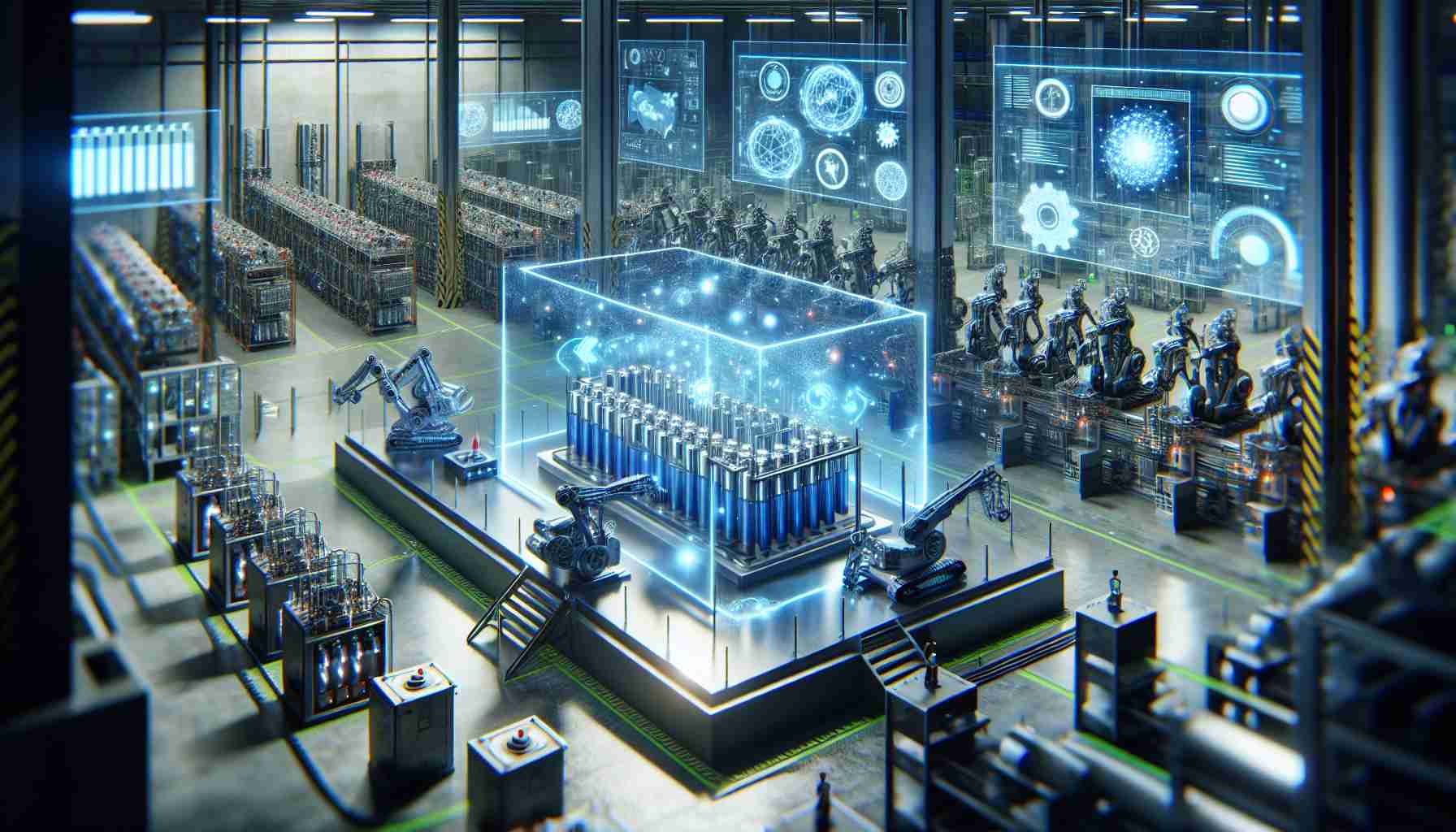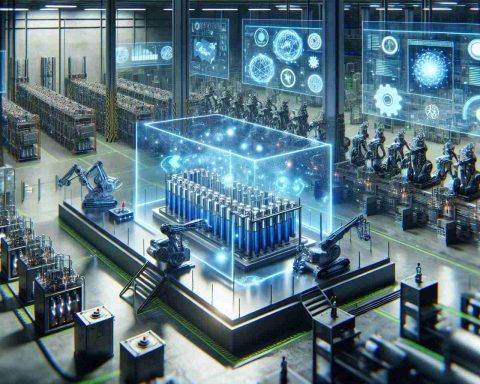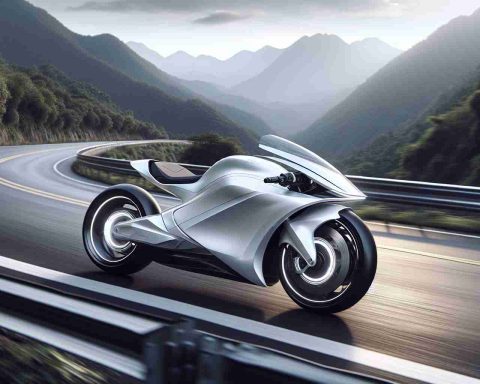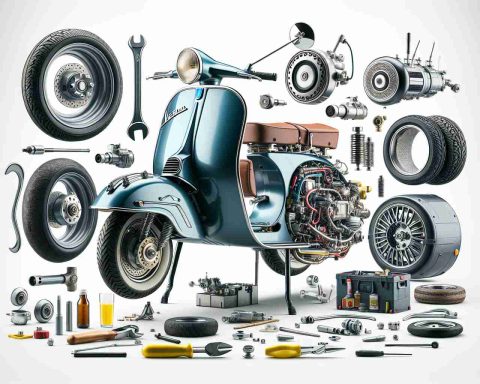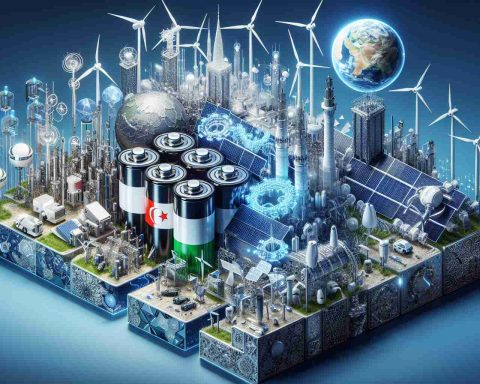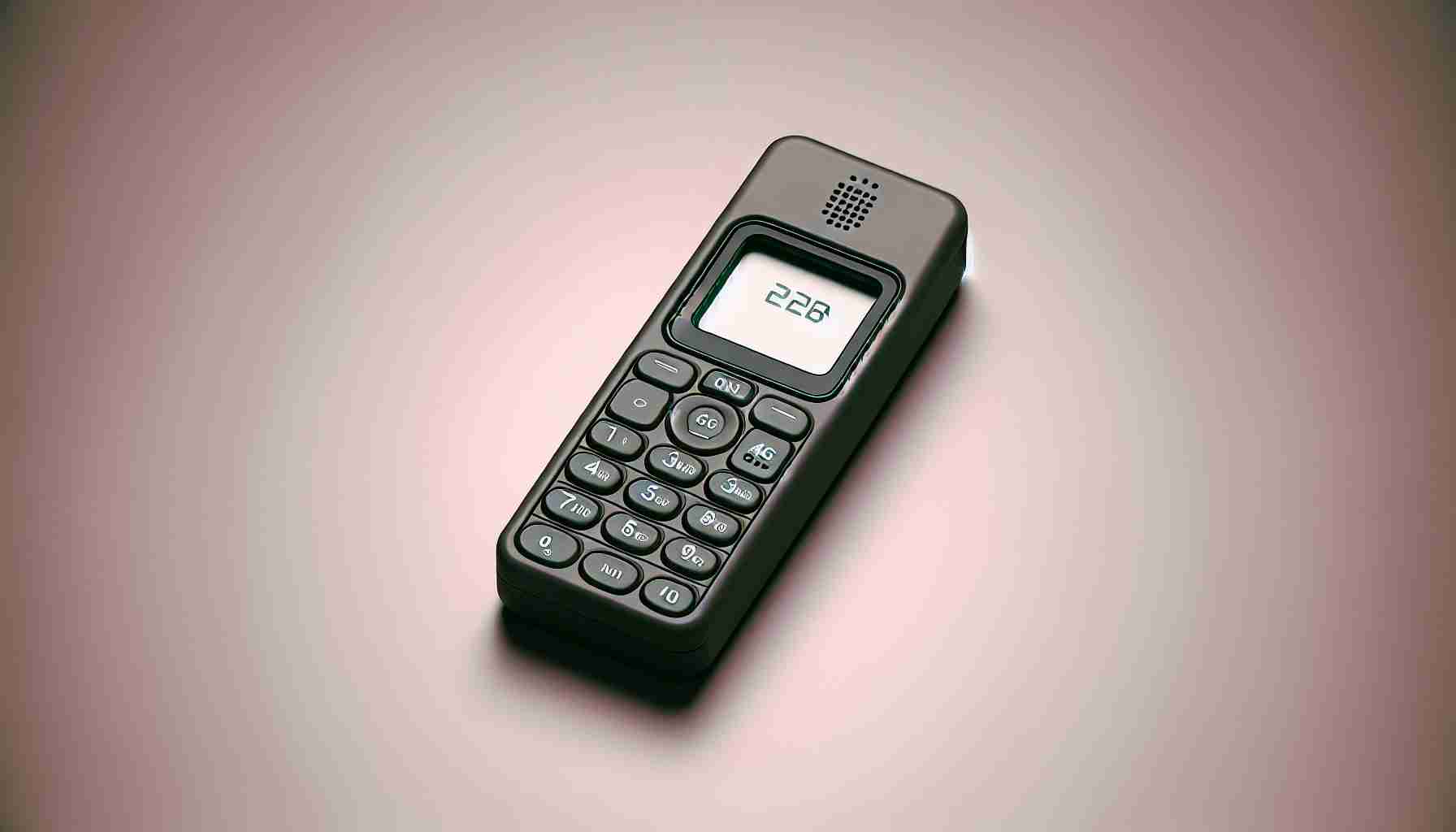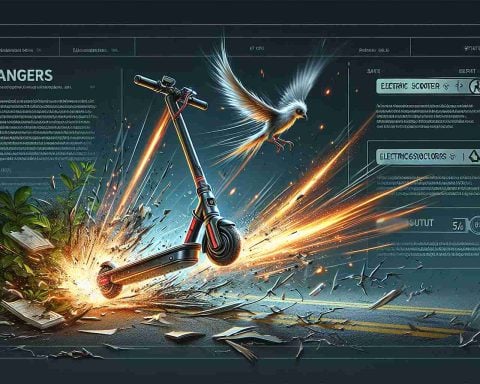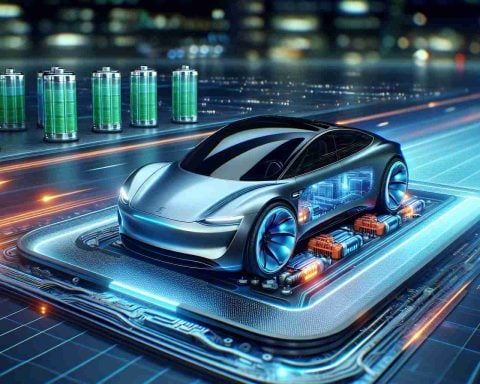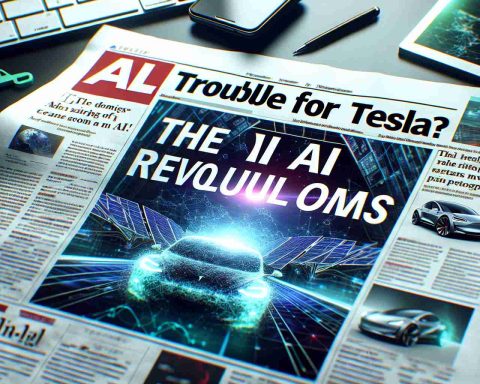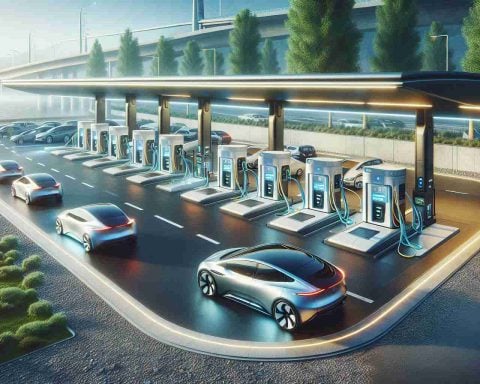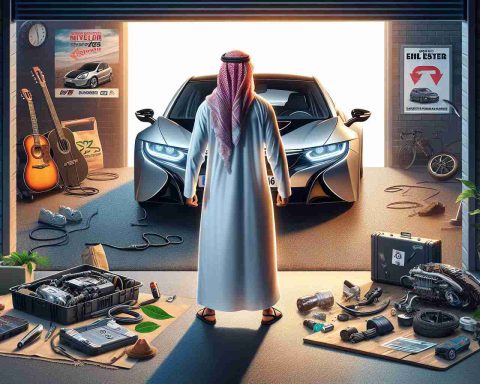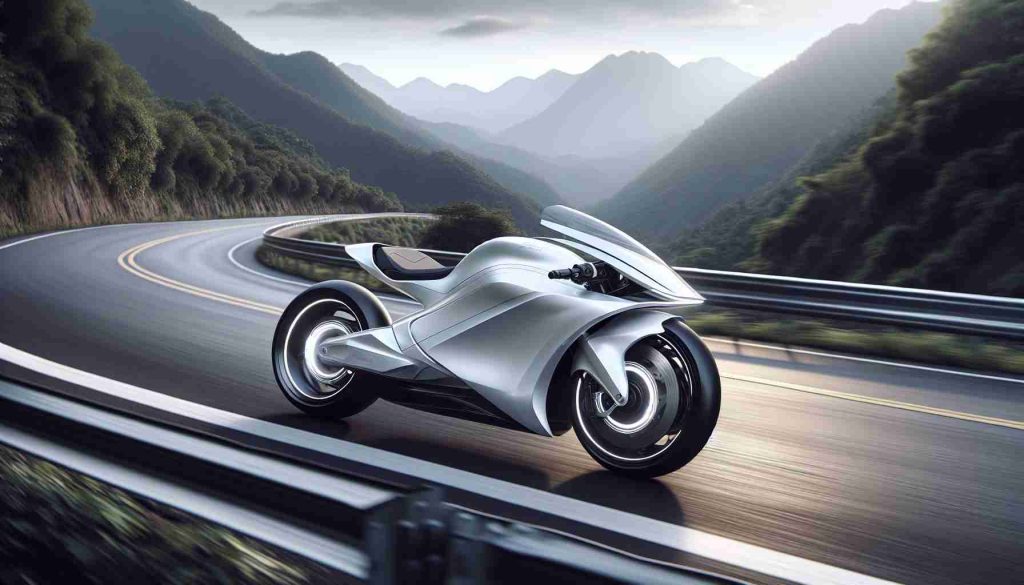- Li-Cycle utilizes the “Spoke and Hub” model to revolutionize lithium-ion battery recycling.
- The process efficiently extracts and reuses critical metals like lithium, cobalt, and nickel.
- It employs a hydrometallurgical method that minimizes environmental impact by reducing emissions and water usage.
- Li-Cycle’s technology achieves a resource recovery rate of over 95%, setting a sustainability benchmark.
- The company is expanding its facilities globally to support the growing electric vehicle (EV) market.
- Li-Cycle is a key player in the transition to cleaner technologies and circular economies.
- Redefining energy storage lifecycles, Li-Cycle aims to eliminate battery waste and promote an eco-friendly future.
In an era where sustainable technology is pivotal, Li-Cycle has emerged as a frontrunner in transforming how we recycle lithium-ion batteries. With the cutting-edge approach to battery recycling, known as the “Spoke and Hub” model, Li-Cycle aims to make battery waste a thing of the past.
Li-Cycle’s innovative process promises to tackle the global challenge of battery disposal, ensuring that critical metals such as lithium, cobalt, and nickel are extracted and reused efficiently. This closed-loop system not only minimizes environmental impact but also provides a renewable source of these valuable materials, essential for powering everything from smartphones to electric vehicles (EVs).
The company’s technology stands out due to its minimal environmental footprint. Unlike traditional methods, Li-Cycle employs a hydrometallurgical process that significantly reduces greenhouse gas emissions and water usage. This breakthrough ensures that essential resources are recovered at a >95% rate, setting a new standard for sustainability in the industry.
With its first commercial plant commissioned in North America and more facilities planned globally, Li-Cycle is on track to support the explosive growth of the EV market. This resonates with a global push towards cleaner technologies and circular economies, making it a crucial player in the green energy transition.
Li-Cycle is not just recycling batteries; it’s redefining the lifecycle of energy storage, fostering an eco-friendly future where the notion of ‘waste’ is radically reimagined.
Li-Cycle’s Game-Changing Impact on the Future of Battery Recycling
How Li-Cycle is Revolutionizing Battery Recycling with Its Spoke and Hub Model
In the growing need for sustainable technology, Li-Cycle stands as a pivotal innovator in the recycling of lithium-ion batteries. The company’s unique “Spoke and Hub” model revolutionizes battery waste management by extracting and reusing critical metals such as lithium, cobalt, and nickel, effectively minimizing environmental impact and fostering a circular economy. Here are some essential insights and new developments regarding Li-Cycle:
1. What are the Pros and Cons of Li-Cycle’s “Spoke and Hub” Model?
Pros:
– High Recovery Rate: Li-Cycle ensures over 95% recovery of critical materials, setting an industry benchmark.
– Environmental Benefits: The hydrometallurgical process used by Li-Cycle drastically reduces greenhouse gas emissions and conserves water, compared to traditional pyrometallurgical methods.
– Economic Viability: The closed-loop system reduces dependency on mining new materials, potentially stabilizing fluctuating material costs.
Cons:
– Initial Investment: Setting up this innovative infrastructure requires significant capital investment, which might be a barrier for smaller players in the market.
– Scale-up Challenges: Expanding the reach and capacity of facilities to meet global demands could present logistical challenges.
2. How Does Li-Cycle’s Approach Compare to Traditional Battery Recycling Methods?
Li-Cycle’s method outshines traditional recycling techniques by focusing on efficiency and environmental sustainability:
– Efficiency: Traditional methods often reclaim only a portion of valuable metals, whereas Li-Cycle’s process recovers nearly all.
– Environmental Impact: Li-Cycle’s hydrometallurgical process cuts down on energy use and emissions, making it greener than the conventional smelting and roasting processes.
3. What Are the Future Market Trends and Predictions for Li-Cycle?
Li-Cycle is at the forefront of a rapidly expanding market fueled by the rise of electric vehicles and renewable energy storage solutions:
– Market Expansion: With the growing demand for EVs, the need for efficient battery recycling solutions like Li-Cycle’s is expected to skyrocket.
– International Growth: Li-Cycle has already begun planning more facilities globally, positioning itself to influence international battery recycling standards.
– Technological Innovations: Continued breakthroughs in processing and metal recovery can further enhance the efficiency and sustainability of battery recycling.
For more information on sustainable battery recycling and innovations, visit Li-Cycle.
Stay ahead of the curve in sustainable technology and be part of the movement towards a cleaner tomorrow by tracking developments at Li-Cycle.
